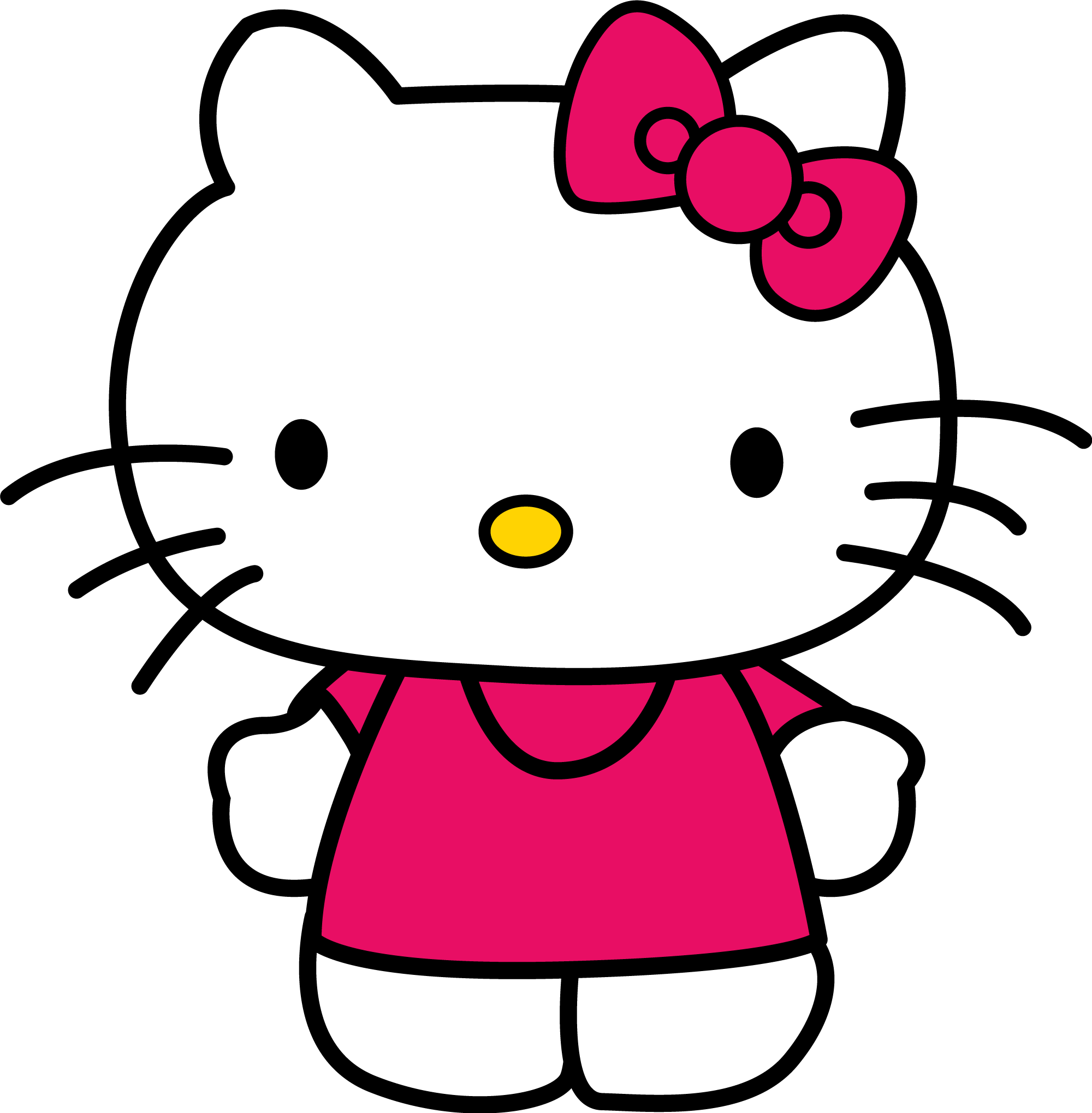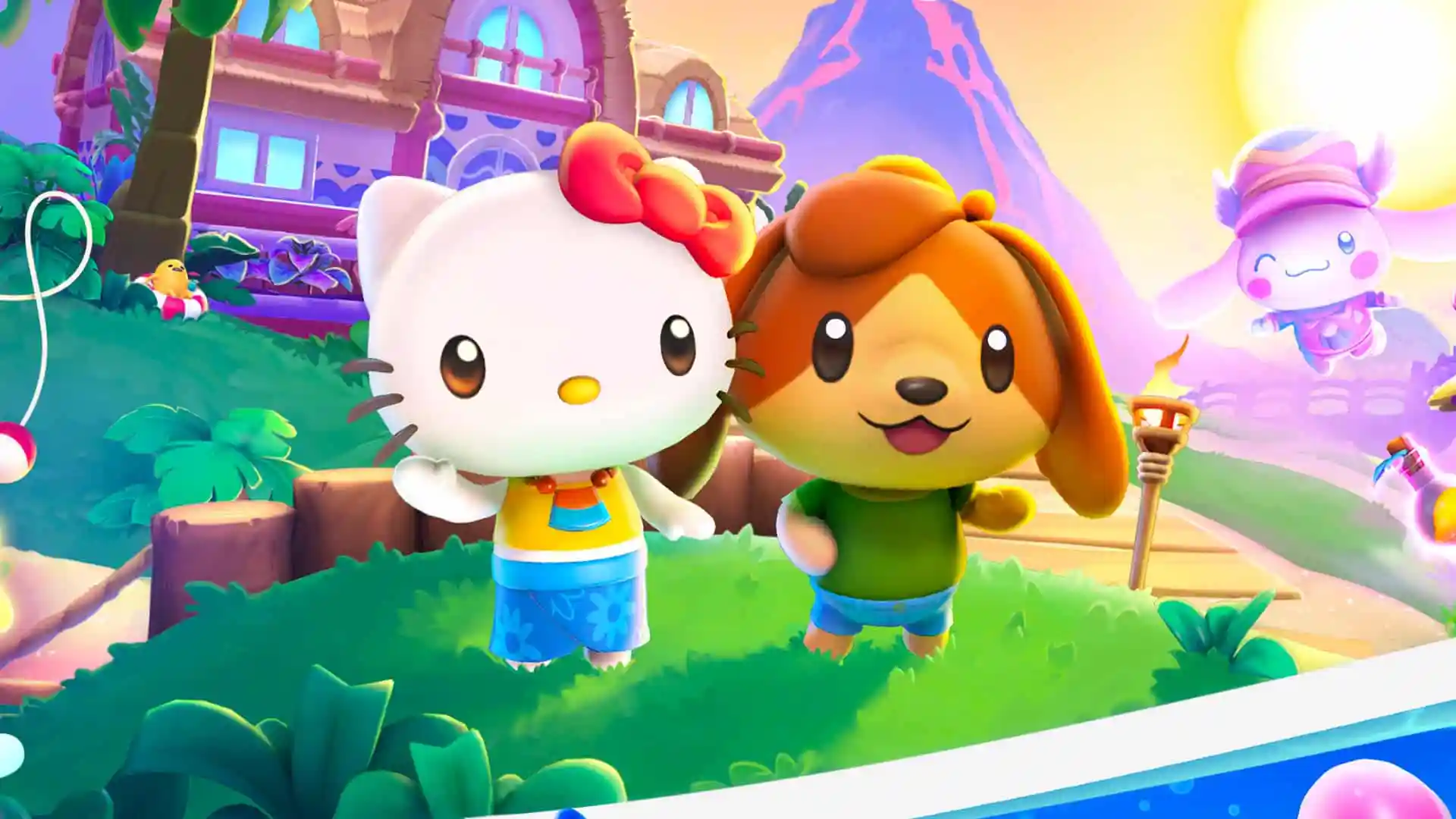Hello Kitty has become a cultural phenomenon that transcends borders, appealing to fans of all ages worldwide. Since its creation, this adorable character has grown into a multibillion-dollar franchise. But who exactly founded Hello Kitty, and what inspired its creation? In this article, we will delve into the origins of Hello Kitty, explore its evolution, and uncover the story behind the person who brought this beloved character to life.
For decades, Hello Kitty has been a symbol of cuteness, simplicity, and joy. Its unmistakable design—a white cat with a red bow—has captured the hearts of millions. But beyond its universal appeal lies a rich history rooted in the creativity of a Japanese designer. Understanding the origins of Hello Kitty is not just about knowing the creator but also appreciating the cultural and economic impact it has had on the world.
This article will provide an in-depth look at the history of Hello Kitty, its founder, and the journey that transformed a simple character into a global sensation. Whether you're a fan of Sanrio or simply curious about the story behind this iconic figure, this article will offer valuable insights and fascinating details.
Read also:Joey Drea De Matteo A Rising Star In The Entertainment Industry
Table of Contents
- Biography of the Founder
- The Creation of Hello Kitty
- Inspiration Behind Hello Kitty
- Design Characteristics of Hello Kitty
- Cultural Impact of Hello Kitty
- Business Success and Expansion
- Hello Kitty Today
- Common Myths About Hello Kitty
- The Future of Hello Kitty
- Conclusion
Biography of the Founder
Early Life and Career
Yuko Shimizu, the designer behind Hello Kitty, was born in Tokyo, Japan, in 1956. Her early life was filled with artistic influences, as her parents encouraged her to explore various forms of creativity from a young age. Growing up in a family that valued art and design, Shimizu developed a keen eye for aesthetics and an appreciation for simple, elegant forms.
After graduating from the Tokyo National University of Fine Arts and Music, Shimizu joined Sanrio, a company known for its whimsical characters. Her journey at Sanrio began in the early 1970s, where she quickly rose through the ranks due to her innovative designs and unique perspective on character creation.
| Name | Yuko Shimizu |
|---|---|
| Birth Year | 1956 |
| Place of Birth | Tokyo, Japan |
| Education | Tokyo National University of Fine Arts and Music |
| Company | Sanrio |
The Creation of Hello Kitty
A Revolutionary Concept
In 1974, Sanrio tasked Yuko Shimizu with designing a character that would appeal to a global audience. The company wanted a mascot that could represent its brand and stand out in a crowded market. Inspired by her love for cats and simplicity, Shimizu created Hello Kitty, a character that would eventually become one of the most recognizable in the world.
The decision to create a cat character was influenced by the popularity of cats in Japanese culture. Cats have long been symbols of good fortune and charm in Japan, making them a natural choice for a character design. However, what truly set Hello Kitty apart was its minimalist design and lack of mouth, which allowed fans to project their own emotions onto the character.
Inspiration Behind Hello Kitty
Shimizu drew inspiration from various sources, including British culture and the innocence of childhood. The red bow on Hello Kitty's head is reminiscent of traditional English schoolgirl accessories, while the character's overall design reflects the simplicity and elegance of Japanese aesthetics. This fusion of cultural elements created a character that resonated with people from different backgrounds.
Design Characteristics of Hello Kitty
A Unique Aesthetic
- No Mouth: Hello Kitty's lack of a mouth allows for universal interpretation and emotional projection.
- Minimalist Design: The character's simplicity makes it versatile and adaptable to various products.
- Red Bow: The iconic red bow adds a touch of elegance and femininity to the design.
These design elements have contributed to Hello Kitty's enduring popularity, making it a timeless symbol of cuteness and charm.
Read also:Ben And Emily A Comprehensive Look Into Their Journey Challenges And Achievements
Cultural Impact of Hello Kitty
Hello Kitty has transcended its role as a simple character to become a cultural icon. It has influenced fashion, art, and even music, with collaborations spanning industries worldwide. The character's universal appeal lies in its ability to connect with people of all ages and backgrounds, promoting a sense of joy and positivity.
Business Success and Expansion
A Multibillion-Dollar Empire
Since its creation, Hello Kitty has generated billions of dollars in revenue for Sanrio. The character appears on over 50,000 products worldwide, ranging from toys and clothing to electronics and home goods. Sanrio's strategic marketing and licensing efforts have ensured that Hello Kitty remains relevant and profitable, even decades after its debut.
Data from Statista shows that Sanrio's revenue in 2022 was approximately $1.3 billion, with Hello Kitty being one of its most successful franchises. The character's continued popularity is a testament to its enduring appeal and the company's ability to adapt to changing market trends.
Hello Kitty Today
In the modern era, Hello Kitty continues to evolve, embracing new technologies and platforms to reach a global audience. From virtual reality experiences to social media campaigns, Sanrio ensures that Hello Kitty remains at the forefront of innovation. The character's adaptability and timeless design have allowed it to thrive in an ever-changing world.
Common Myths About Hello Kitty
Despite its widespread popularity, there are several myths surrounding Hello Kitty. One common misconception is that Hello Kitty is a cat, when in fact, she is a fictional character inspired by cats. Another myth is that she does not have a mouth, which is true in most designs but not universally applicable.
The Future of Hello Kitty
Innovating for Tomorrow
As technology continues to advance, Sanrio is exploring new ways to engage with fans and expand the Hello Kitty universe. Virtual reality experiences, augmented reality apps, and digital collectibles are just a few examples of how the company is leveraging innovation to enhance the Hello Kitty brand.
With a strong foundation and a loyal fan base, the future looks bright for Hello Kitty. The character's ability to adapt to changing trends and technologies ensures that it will remain a beloved figure for generations to come.
Conclusion
Who founded Hello Kitty? The answer lies in the creativity and vision of Yuko Shimizu, whose innovative design brought this iconic character to life. From its humble beginnings in Japan to its status as a global phenomenon, Hello Kitty has captured the hearts of millions and continues to inspire new generations.
This article has explored the origins of Hello Kitty, its cultural impact, and its business success, providing a comprehensive look at the story behind this beloved character. As we look to the future, it is clear that Hello Kitty's legacy will endure, thanks to its timeless design and universal appeal.
We invite you to share your thoughts and experiences with Hello Kitty in the comments below. Have you been a fan for years, or are you discovering the character for the first time? Let us know, and don't forget to explore other articles on our site for more fascinating insights into the world of pop culture and design.


